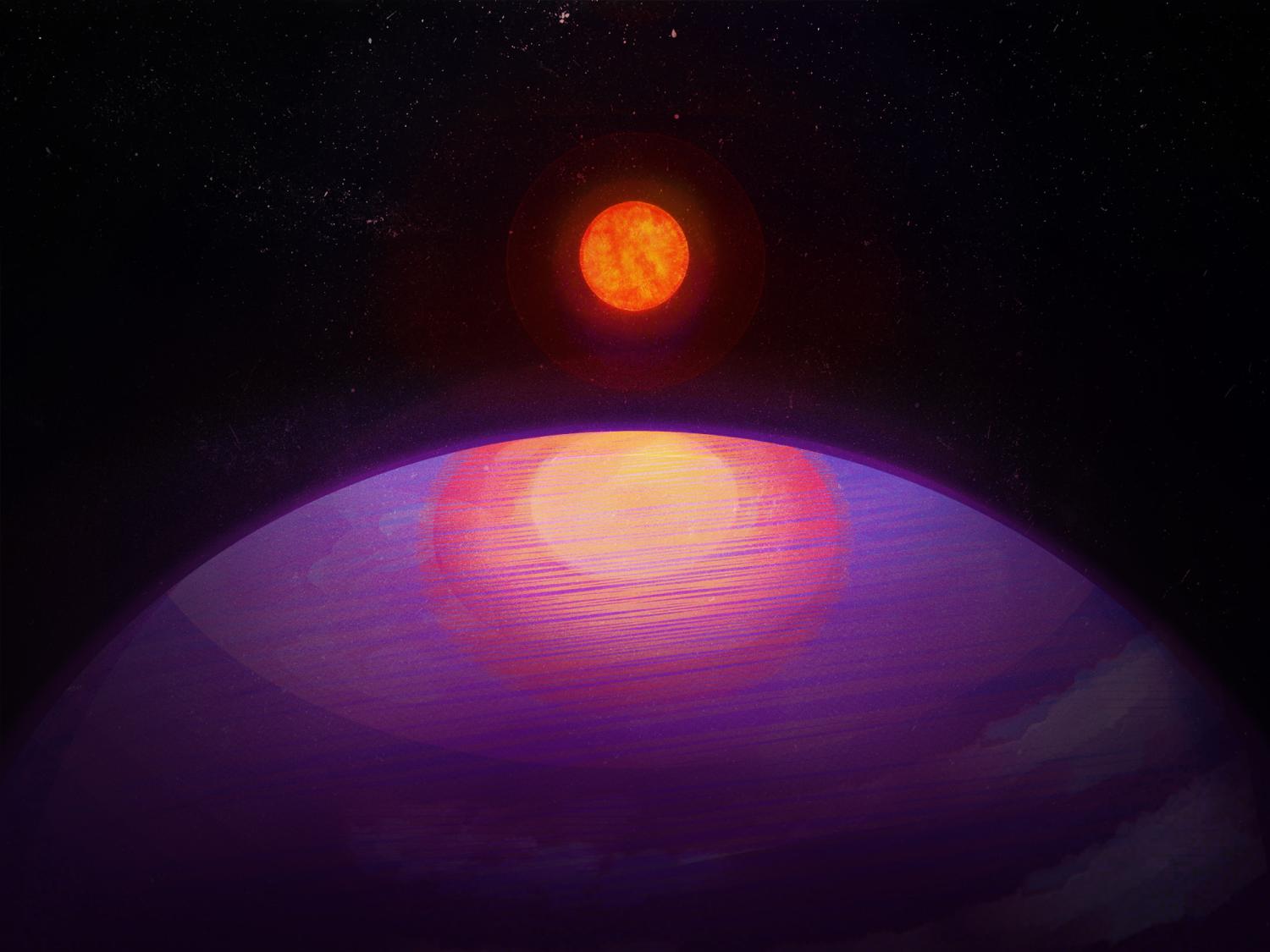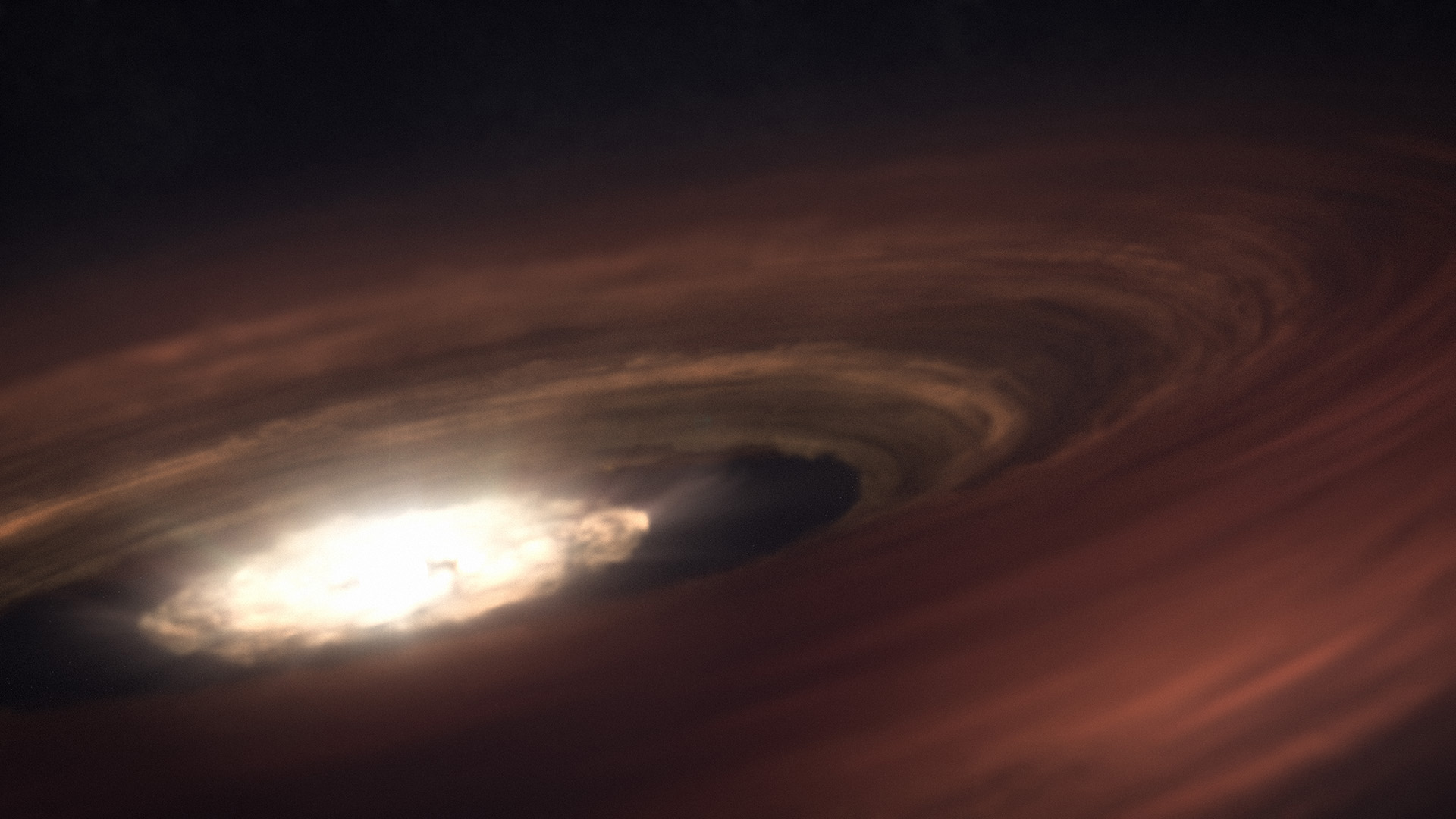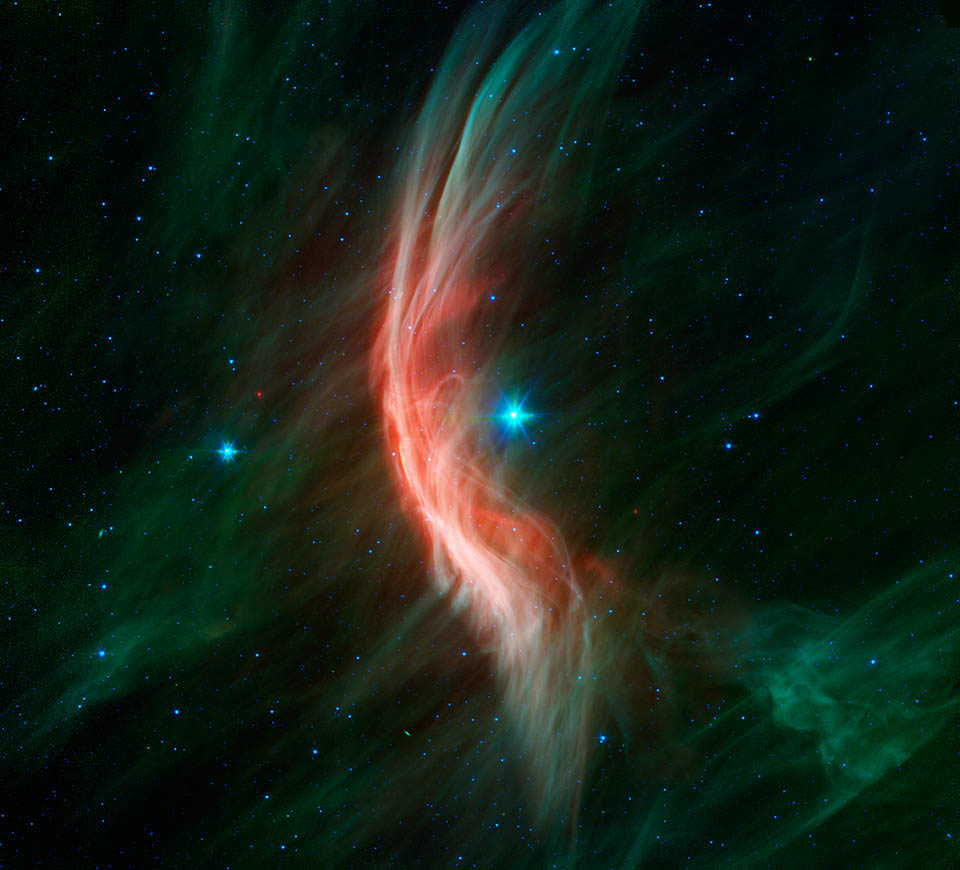The first stars of the Universe were monstrous beasts. Comprised only of hydrogen and helium, they could be 300 times more massive than the Sun. Within them, the first of the heavier elements were formed, then cast off into the cosmos at the end of their short lives. They were the seeds of all the stars and planets we see today. A new study suggests these ancient progenitors created more than just the natural elements.
Continue reading “Ancient Stars Could Make Elements With More Than 260 Nucleons”Ancient Stars Could Make Elements With More Than 260 Nucleons










